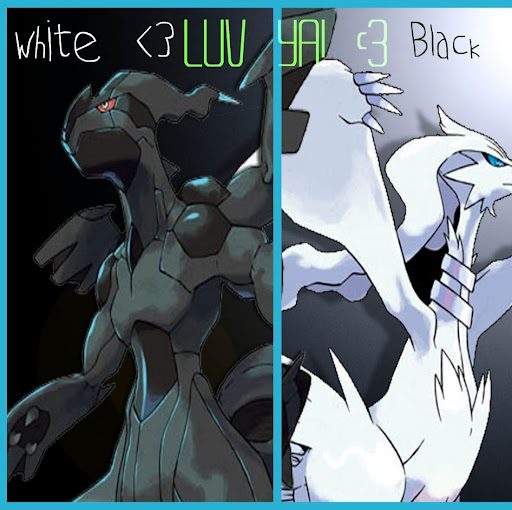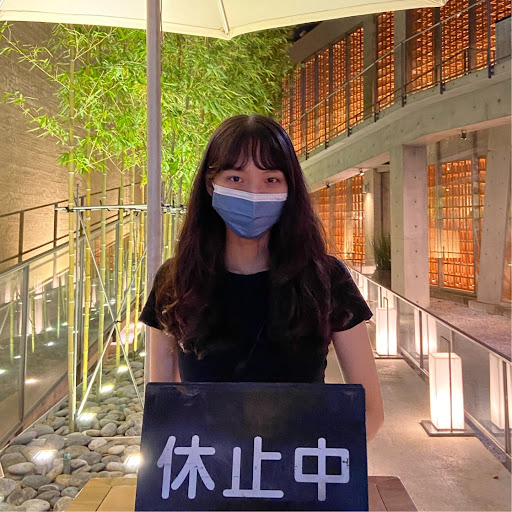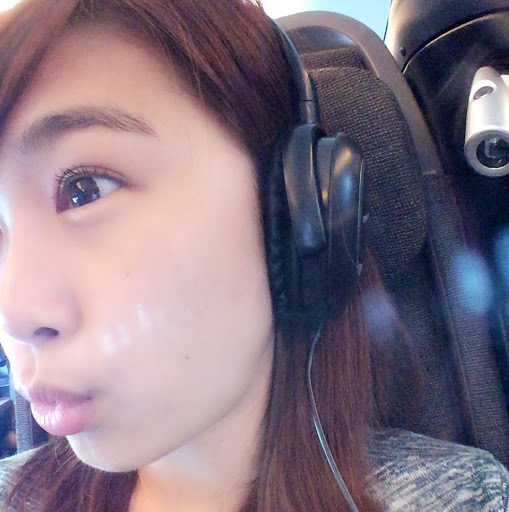Janice C Lin
age ~45
from Midvale, UT
- Also known as:
-
- Cara Janice Lin
- Lin C Janice
Janice Lin Phones & Addresses
- Midvale, UT
- West Jordan, UT
- Sandy, UT
- 247 W 31St St, Baltimore, MD 21211
- 1470 Dartshire Ct, Sunnyvale, CA 94087 • 4087490475
- Berkeley, CA
- Cupertino, CA
- 1470 Dartshire Ct, Sunnyvale, CA 94087
Work
-
Company:Sterling commerce, inc.
-
Address:800 Concar Dr Ste 500, San Mateo, CA 94402
-
Phones:6502326000
-
Position:Quality assurance manager
-
Industries:Business Associations
Specialities
Joint Venture • Mergers and Acquisitions • Corporate Law • Banking and Securities Law • Anti-Trust Law
Us Patents
-
Antimicrobial Inserts For Stopcock Medical Connectors
view source -
US Patent:20210316131, Oct 14, 2021
-
Filed:Jun 25, 2021
-
Appl. No.:17/358521
-
Inventors:- Franklin Lakes NJ, US
Bryan Fred Bihlmaier - Provo UT, US
Janice Lin - San Jose CA, US -
International Classification:A61M 39/16
F16K 11/072
F16K 25/00
F16K 31/50
A61M 39/22 -
Abstract:Various embodiments of an antimicrobial insert for a stopcock medical connector are provided. More specifically, the present invention relates to an antimicrobial insert that is seated within at least a portion of the annular bore of the connector's tap, wherein fluid within the annular bore contacts the antimicrobial insert, thereby preventing microbial proliferation within the stopcock medical connector.
-
Antimicrobial Inserts For Medical Devices
view source -
US Patent:20210023277, Jan 28, 2021
-
Filed:Sep 1, 2020
-
Appl. No.:17/009473
-
Inventors:- Franklin Lakes NJ, US
Weston F. Harding - Lehi UT, US
Janice Lin - San Jose CA, US
Huibin Liu - Cupertino CA, US
Siddarth K. Shevgoor - Mission Viejo CA, US
Jonathan Karl Burkholz - Salt Lake City UT, US
Yiping Ma - Layton UT, US
Ming Zhou - Draper UT, US -
International Classification:A61L 29/16
A61L 29/12
A61M 31/00
A61L 29/14
A61L 29/06 -
Abstract:Inserts can be formed with elution characteristics to cause the inserts to elute an antimicrobial agent when subject to a fluid within a medical device. An insert can be formed with a desired geometry to allow the insert to be compression fit within a medical device to prevent the insert from moving or becoming dislodged once inserted into the medical device. The material may also be hygroscopic so that the insert swells when subject to a fluid thereby enhancing the compression fit of the device within the medical device. In some cases, the material can be reinforced using an internal structure. Inserts can be formed in many ways including by casting, thermoforming, or extrusion. In some cases, the inserts can be formed using a peel-away sleeve or material. The peel-away sleeves can be formed of a non-sticky material which facilitates removal of the inserts once the inserts have cured.
-
Antimicrobial Stopcock Medical Connector
view source -
US Patent:20190099594, Apr 4, 2019
-
Filed:Nov 8, 2018
-
Appl. No.:16/184735
-
Inventors:- Franklin Lakes NJ, US
Bryan Fred Bihlmaier - Provo UT, US
Janice Lin - San Jose CA, US -
International Classification:A61M 39/22
F16K 11/085 -
Abstract:Various embodiments of an antimicrobial stopcock medical connector is provided. More specifically, the present invention relates to a stopcock tap having fluid channels provided on portions of the outer surface of the stopcock tap, whereby fluid bypasses the stopcock through the fluid channels by flowing between the outer surface of the stopcock tap and the inner surface of the stopcock housing. Some embodiments further comprise an antimicrobial coating or insert that is provided in the one or more fluid channel, whereby fluid flowing through the fluid channels contacts the antimicrobial coating or an antimicrobial agent that is eluted from the antimicrobial coating. Further still, some embodiments of the present invention comprise an antimicrobial groove that is positioned opposite the fluid channel, whereby when the stopcock is in an “off” position, the antimicrobial groove contacts fluid within a blocked port thereby preventing microbial growth therein.
-
Antimicrobial Inserts For Stopcock Medical Connectors
view source -
US Patent:20180264250, Sep 20, 2018
-
Filed:May 22, 2018
-
Appl. No.:15/986352
-
Inventors:- Franklin Lakes NJ, US
Bryan Fred Bihlmaier - Provo UT, US
Janice Lin - San Jose CA, US -
International Classification:A61M 39/16
A61M 39/22
F16K 25/00
F16K 11/072
F16K 31/50
A61M 39/10 -
Abstract:Various embodiments of an antimicrobial insert for a stopcock medical connector are provided. More specifically, the present invention relates to an antimicrobial insert that is seated within at least a portion of the annular bore of the connector's tap, wherein fluid within the annular bore contacts the antimicrobial insert, thereby preventing microbial proliferation within the stopcock medical connector.
-
Antimicrobial Inserts For Stopcock Medical Connectors
view source -
US Patent:20160213911, Jul 28, 2016
-
Filed:Jan 27, 2015
-
Appl. No.:14/606829
-
Inventors:- Franklin Lakes NJ, US
Bryan Fred Bihlmaier - Provo UT, US
Janice Lin - San Jose CA, US -
International Classification:A61M 39/16
F16K 25/00
F16K 31/50
F16K 11/072 -
Abstract:Various embodiments of an antimicrobial insert for a stopcock medical connector are provided. More specifically, the present invention relates to an antimicrobial insert that is seated within at least a portion of the annular bore of the connector's tap, wherein fluid within the annular bore contacts the antimicrobial insert, thereby preventing microbial proliferation within the stopcock medical connector.
-
Antimicrobial Stopcock Medical Connector
view source -
US Patent:20150306370, Oct 29, 2015
-
Filed:Apr 23, 2014
-
Appl. No.:14/260037
-
Inventors:- Franklin Lakes NJ, US
Bryan Fred Bihlmaier - Provo UT, US
Janice Lin - San Jose CA, US -
Assignee:Becton, Dickinson and Company - Franklin Lakes NJ
-
International Classification:A61M 39/22
-
Abstract:Various embodiments of an antimicrobial stopcock medical connector is provided. More specifically, the present invention relates to a stopcock tap having fluid channels provided on portions of the outer surface of the stopcock tap, whereby fluid bypasses the stopcock through the fluid channels by flowing between the outer surface of the stopcock tap and the inner surface of the stopcock housing. Some embodiments further comprise an antimicrobial coating or insert that is provided in the one or more fluid channel, whereby fluid flowing through the fluid channels contacts the antimicrobial coating or an antimicrobial agent that is eluted from the antimicrobial coating. Further still, some embodiments of the present invention comprise an antimicrobial groove that is positioned opposite the fluid channel, whereby when the stopcock is in an “off” position, the antimicrobial groove contacts fluid within a blocked port thereby preventing microbial growth therein.
-
Antimicrobial Inserts For Medical Devices
view source -
US Patent:20150231309, Aug 20, 2015
-
Filed:Jan 27, 2015
-
Appl. No.:14/606833
-
Inventors:- Franklin Lakes NJ, US
Weston F. Harding - Lehi UT, US
Janice Lin - Sunnyvale CA, US
Huibin Liu - West Jordan UT, US
Siddarth K. Shevgoor - Sandy UT, US
Jonathan Karl Burkholz - Salt Lake City UT, US
Yiping Ma - Layton UT, US
Ming Zhou - Draper UT, US -
International Classification:A61L 29/16
A61M 31/00
A61L 29/12 -
Abstract:Inserts can be formed with elution characteristics to cause the inserts to elute an antimicrobial agent when subject to a fluid within a medical device. An insert can be formed with a desired geometry to allow the insert to be compression fit within a medical device to prevent the insert from moving or becoming dislodged once inserted into the medical device. The material may also be hygroscopic so that the insert swells when subject to a fluid thereby enhancing the compression fit of the device within the medical device. In some cases, the material can be reinforced using an internal structure. Inserts can be formed in many ways including by casting, thermoforming, or extrusion. In some cases, the inserts can be formed using a peel-away sleeve or material. The peel-away sleeves can be formed of a non-sticky material which facilitates removal of the inserts once the inserts have cured.
Resumes

Technical Program Manager
view sourceLocation:
1470 Dartshire Ct, Sunnyvale, CA 94087
Industry:
Medical Devices
Work:
Verily Life Sciences
Technical Program Manager
Bd
Staff Engineer and Software Product Owner
Bd Jun 2011 - Mar 2013
Senior Engineer
Johns Hopkins University 2006 - 2011
Graduate Student
Skeletal Kinetics Llc May 2003 - May 2006
R and D Assistant
Technical Program Manager
Bd
Staff Engineer and Software Product Owner
Bd Jun 2011 - Mar 2013
Senior Engineer
Johns Hopkins University 2006 - 2011
Graduate Student
Skeletal Kinetics Llc May 2003 - May 2006
R and D Assistant
Education:
The Johns Hopkins University 2006 - 2011
Doctorates, Doctor of Philosophy, Materials Science, Engineering University of California, Berkeley 1998 - 2002
Bachelors, Bachelor of Science, Bioengineering
Doctorates, Doctor of Philosophy, Materials Science, Engineering University of California, Berkeley 1998 - 2002
Bachelors, Bachelor of Science, Bioengineering
Skills:
Biomedical Engineering
Medical Devices
Materials Science
Biomaterials
R&D
Biotechnology
Research
Product Development
Life Sciences
Nanotechnology
Software Project Management
Molecular Biology
Agile Project Management
Design Control
Medical Devices
Materials Science
Biomaterials
R&D
Biotechnology
Research
Product Development
Life Sciences
Nanotechnology
Software Project Management
Molecular Biology
Agile Project Management
Design Control
Languages:
English
Certifications:
Certified Scrum Product Owner
Scrum Alliance
Scrum Alliance

Janice Lin
view source
Janice Lin
view source
Janice Lin
view source
Janice Lin
view sourceLocation:
United States
Name / Title
Company / Classification
Phones & Addresses
Quality Assurance Manager
Sterling Commerce, Inc.
Business Associations
Business Associations
800 Concar Dr Ste 500, San Mateo, CA 94402
Quality Assurance Manager
Sterling Commerce, Inc
Business Association
Business Association
800 Concar Dr, San Mateo, CA 94402
6502326000
6502326000
Lawyers & Attorneys

Janice Lin - Lawyer
view sourceOffice:
Tsar & Tsai Law Firm
Specialties:
Joint Venture
Mergers and Acquisitions
Corporate Law
Banking and Securities Law
Anti-Trust Law
Mergers and Acquisitions
Corporate Law
Banking and Securities Law
Anti-Trust Law
ISLN:
913026746
Admitted:
1997
Law School:
Harvard Law School, LL.M., 1996; National Taiwan University Law School, LL.B., 1993

Lin Janice
view source
Janice Lin Wen
view source
Janice Lin
view source
Janice Zi Lin
view source
Janice Lin
view source
Janice Torres Lin
view source
Janice Lin
view source
Janice Lin
view sourcePlaxo

Janice Lin
view sourceMarketing Director at Tai San Enterprise & Trading...
Googleplus

Janice Lin
Education:
P.S.226
About:
HAI I AM HERE AND I AM BAK :D
Tagline:
I
Bragging Rights:
I

Janice Lin
Work:
Bu Shang Enterprise Co., Ltd.

Janice Lin
Education:
Scu - Law

Janice Lin

Janice Lin

Janice Lin

Janice Lin

Janice Lin
Flickr
Youtube
Classmates

Boston College - Arts &am...
view sourceGraduates:
Cheryl Snyder (1978-1982),
Janice Lin (1994-1997),
Kevin Clarke (1992-1996),
Alan Bengzon (1991-1994)
Janice Lin (1994-1997),
Kevin Clarke (1992-1996),
Alan Bengzon (1991-1994)
News

Innovations in storage boost renewable energy
view source- Its happening, said Janice Lin, the chairwoman of the Global Energy Storage Alliance, a newly formed international coalition of energy storage trade groups. Were beyond the tipping point.
- Date: Oct 31, 2014
- Category: Business
- Source: Google
Get Report for Janice C Lin from Midvale, UT, age ~45













